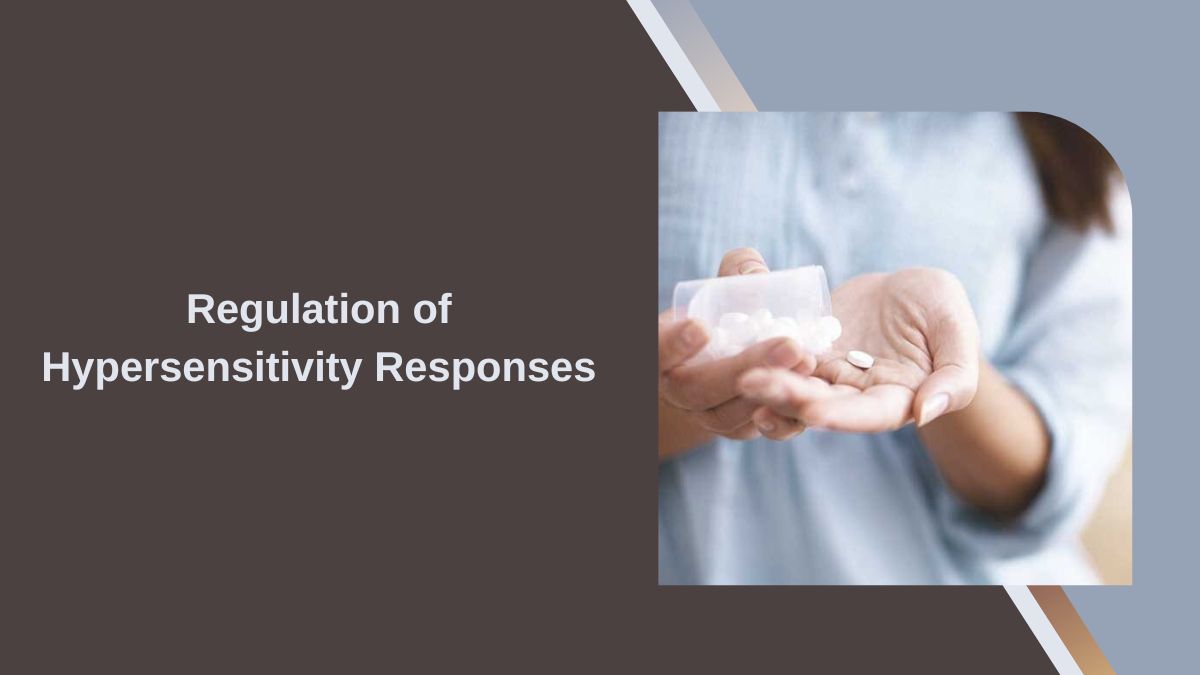Not all antigens trigger the immunity system. The term “hypersensitivity” refers to the overreaction to an antigen. In most cases, it is seen that the antigens are one of the most ignored elements of the human body. Like the immune reactions, the hypersensitivity reactions also need different reactions. The cause of overreaction towards the self-antigens is genetic hereditary features or central tolerance.
Types of Hypersensitivity Responses
There are four major types of hypersensitivity responses:
- Type I
The production of IgE antibodies induced the activation of the mast-cell. The initial contact to the antigen results in the induction of Th2 cells. Consequently, the secretion of IL-4 directs the B cells to bring in a change in their production (IgM to IgE) of antibodies.
These antibodies are antigen-specific because they, along with basophils and mast cells together for conceiving this sensitive attribute of the antibodies. After the entry of a foreign antigen in the body , it is cross linked with the antibodies including IgE initiating the secretion of post formed mediators. These mediators include prostaglandis, histamine and leukotrienes. As a result, the following occur:
- Bronchoconstriction
- Increased porousness of vascular endothelium
- Vasodilation
Dr. Kanury Rao is heading a project relating to B cells and IgD receptors. The outcome of this interaction is grouped into two levels:
- Instant response which is the result of the early formed mediators
- Late response which happens 8-10 hours. In this case, the released cytokines trigger the eosinophils, neutrophils and basophils even in the absence of the antigen.
- Type II
This type of hypersensitivity is brought in those antigen-specific antibodies. These antigens present on the surface of the cells after coming in contact with the T-cells, cause an immune response for those specific cells. On the other hand, antibodies attached to these cells initialize the complement mechanism.
Hence, the three reactions take place which eventually destroy the cells. They are:
- Liberating the oxygen radicals.
- Degradation of the neutrophils
- Forming the complex of membrane attack
- Bursting of the red blood cells and bringing a condition like hemolytic anemia
The agents responsible for type 2 hypersensitivity are as follows:
- Methyldopa
- Penicillin
- Cephalosporins
- Thiazides
Type 2 on the basis of the trigger has various subsets. Thus, the process of diagnosis also varies since the doctor becomes extra cautious of passengers’ further damage.
- Type 3
The antibodies and antibodies cause problems at the targeted area of the bodies such as: kidney tissues, blood vessels and joints. The agents that trigger the type of hypersensitivity are:
- Insect stings or bites or tick bites
- Protein drugs that derive protein from various sources
- Infliximab, a drug used for controlling autoimmunity in humans
Dr. Kanury Venkata Subba Rao, one of the renowned immunologists has been leading a research program involving the interaction of B cells to foreign antigens. The reaction results in:
- Rheumatoid Arthritis
- Serum sickness
- Small vessel vasculitis
- Henoch-Schölein purpura
A patient undergoes the following procedure at the time of diagnosis:
- Scans and imaging
- Blood Tests
- Collection of urine samples
- Biopsies
However, the major treatment that treats these conditions is related to suppression of immunity with regulation of glucocorticoids.
- Type 4
The reactions of type 4 hypersensitivity are mediated by the cells. The T lymphocytes are the controller of this category of hypersensitivity. The category can B further subdivided into:
- 4a
- 4b
- 4c
- 4d
The type is determined on the basis of the T cells involved in causing the reaction. Unlike the other three hypersensitivities, it exhibits late reaction. Three subsets of the category are:
- Tuberculin type of hypersensitivity- To diagnose this hyper immune response, a doctor performs chest X-ray. The treatment is the same as that of tuberculosis.
- Granulomatous type of hypersensitivity- It is the toughest one among three for prognosis. Thus, it requires a series of tests like: lymph node biopsy, analysis of salivary gland, X-ray, and analysis of enzymes. The steroid therapy is one of the treatments of granulomatous hypersensitivity.
- Contact dermatitis- A skin biopsy or a skin patch test is the only way to detect contact dermatitis. The therapy varies as per the cases.
Intake of certain antibiotics or exposure to some metals are the causes of type 4 hypersensitivity. Dr. Kanury Rao has been involved with the analysis of immune responses for the decade.
- Type 5
When the receptor of a particular cell becomes a prime target of an antibody, this reaction occurs. Usually, hormones activate these receptors. A detailed research is still in the process to have an in-depth understanding of this category.
Conclusion
When the body is exposed to certain antigens, it triggers to produce unexpected reactions. The common term associated with hypersensitivity is allergy. The researchers have till date stated about the four types of hypersensitivities. However, the fifth type is yet to be understood. Basically, different antibodies are associated with different types. Dr. Kanury Rao has always showed interests in the field of immunology











































